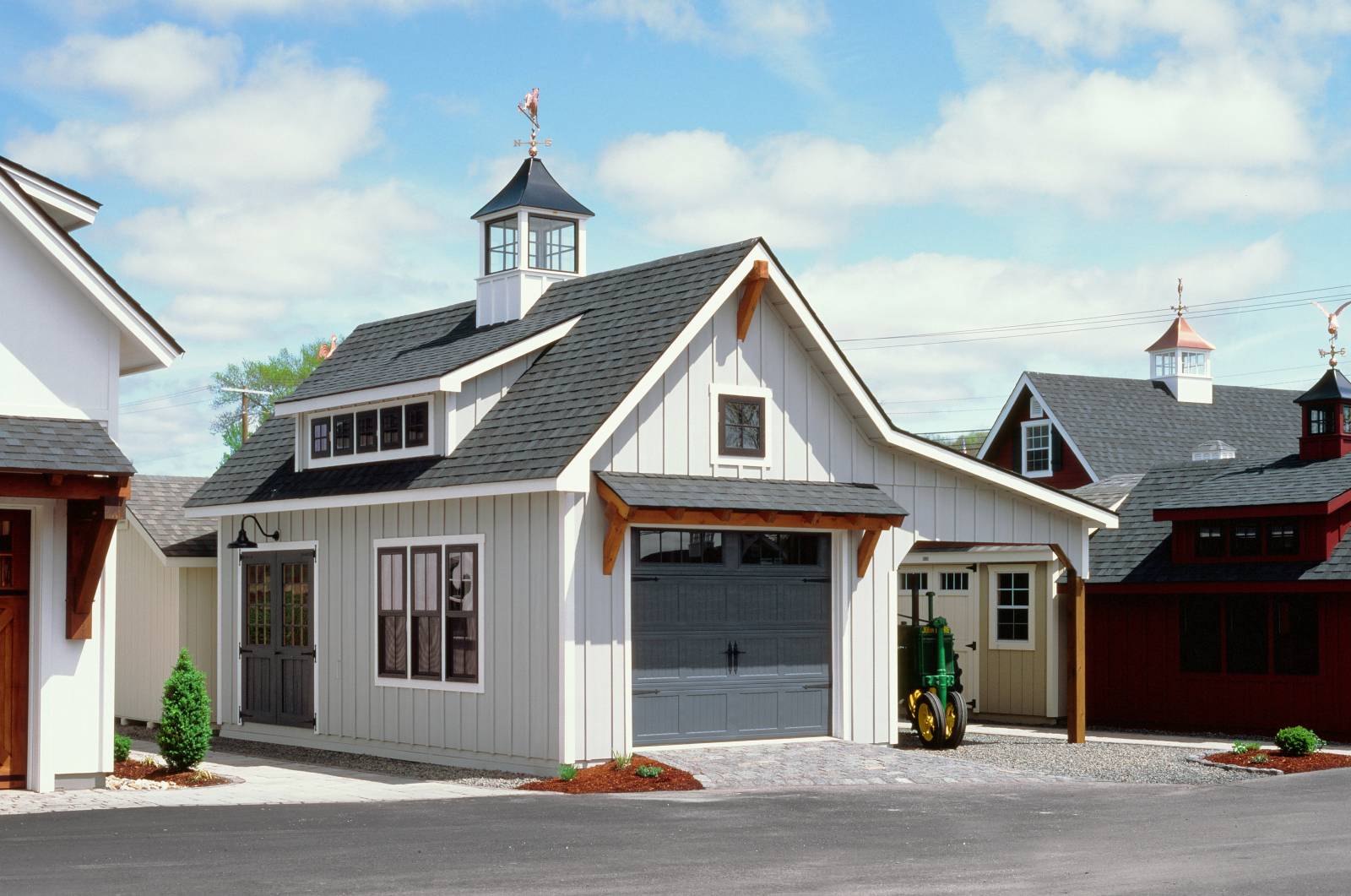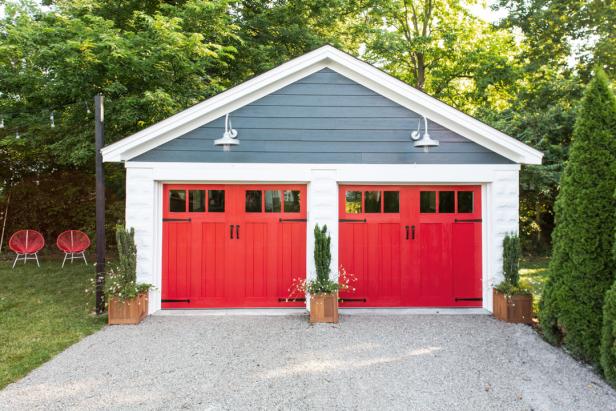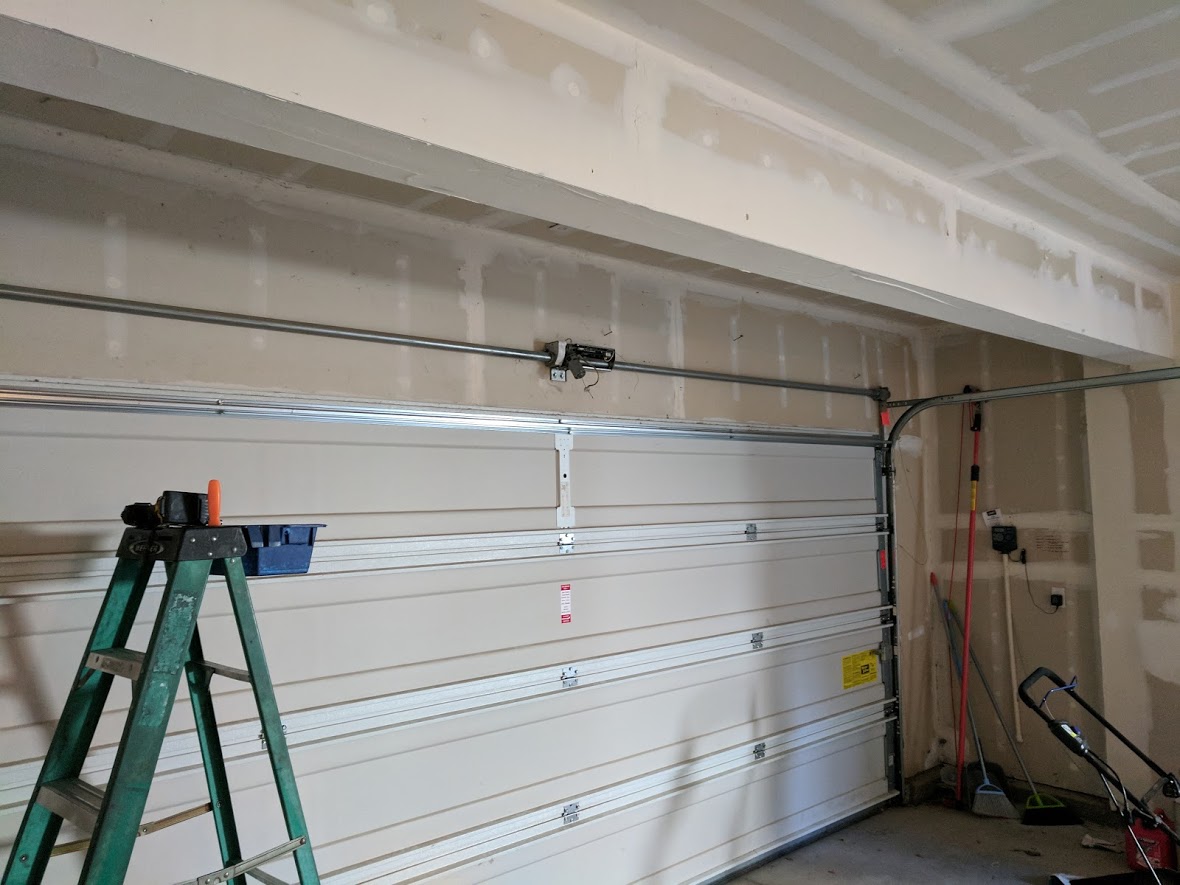
If you want to prevent your garage door from losing its functionality and efficiency, it's important to have a quality seal in place. A seal is not only effective in keeping pests away but it also helps keep debris out of your garage. There are many kinds of seals on the market. Make sure you look at them all and then choose the one that suits your needs. Depending on your circumstances, you might even consider replacing the seal.
The most common seal types are the rubber and the vinyl seal. They are light, flexible, and strong. They are very effective in preventing energy loss, and they are suitable for extreme temperatures. However, they aren't as effective at keeping water out. You can also use silicone-based caulk on the edges of your threshold to prolong the seal's life.
A brush sweep seal is another type of seal that you might want to consider. This anti-dust seal is durable and can be used in high-traffic areas. It can withstand extreme heat, humidity, or sand. It is less expensive than some seal types but still quite affordable.

To keep your garage dry, you could also try a beaded sealing. These seals are ideal for uneven floors as they fit in a circular groove. Beaded seals are double-channeled and don't warp in cold weather. A strong, durable top coat protects them from breaking.
The magnetic seal seal forms a seal when the door is closed. However, magnetic seals can be more durable than other types of seals but are less expensive.
Choosing the right type of seal is largely dependent on the type of garage door you have. If your garage door is made of metal, a reverse angle mounting seal might be a good choice. These seals are most common in industrial settings but are also very popular for heavy steel doors in commercial buildings.
Before you purchase a garage doors seal, do your research. Look for a service that has a good reputation and a clean website. A company that is trustworthy will be able replace or repair your seal.

To ensure that the seal fits correctly, measure your door before you make your decision. Garage doors can be customized so you might need a custom seal. For some seals, you may need special tools and equipment. Or you can do it yourself. You can also find DIY guides on the Internet to help you replace your garage's door seal.
It is important that the seal be properly installed. If it isn't, your door could have a gap. If there is more than 3 inches between the seal and your door, you need to replace it.
For the best results, clean your seal with a non-abrasive cleaner. Then, massage some vegetable oil into the surface to help improve its durability.
FAQ
What is the cost of remodeling a kitchen or bathroom?
Remodeling a bathroom or kitchen can be expensive. It may make more sense to spend money on home improvements, considering how much you pay in energy bills each month.
Small upgrades can help you save thousands of dollars per year. Simple improvements such as insulation of walls and ceilings can lower heating and cooling costs up to 30 percent. Even a small addition can increase comfort and resale values.
The most important thing to keep in mind when planning for renovations is to choose products that are durable and easy to maintain. The durability and ease of maintenance that porcelain tile and stainless steel appliances offer over vinyl and laminate countertops is why solid wood flooring and porcelain tile are so much better.
You might also find that replacing old fixtures by newer models can reduce utility expenses. For example, installing low-flow showerheads and faucets can lower water usage by up to 50 percent. Compact fluorescent bulbs can be replaced with inefficient lighting to reduce electricity consumption by as much as 75 percent.
How much does it take to tile a bathtub?
Do it yourself if possible. A full bathroom remodels an investment. But when considering the long-term value of having a beautiful space for years to come, it makes sense to invest in quality materials and fixtures.
The right tiles can make a significant difference in the look and feel of your room. Here's how to choose the right tiles for your home, regardless of whether it's a small renovation or major project.
First, choose the flooring type you wish to use. You have many choices: ceramics, natural wood, stone, porcelain and even stone. The next step is to choose a style. Choose a color combination.
For large bathroom remodels, you will likely want the tiles to match the rest of your room. You may choose white subway tile for your bathroom and kitchen area, but select darker colors for other rooms.
Next, calculate the project's size. Is it time to upgrade a small powder area? Would you prefer to add a walk in closet to your master bedroom?
Once you have determined the scope of your project, go to local shops and look at samples. You can then get a feel of the product and how it is installed.
Finally, shop online for great deals on ceramic and porcelain tiles. Many retailers offer free shipping or discounts on bulk orders.
What are the main components of a full kitchen renovation?
A complete kitchen remodel involves more than just replacing a sink and faucet. Cabinets, countertops, appliances and lighting fixtures are just a few of the many options available.
Homeowners can remodel their kitchens completely without needing to do major work. This means that no demolition is required, making the project easier for both the homeowner and the contractor.
There are many services that can be done to your kitchen, including plumbing, electrical, HVAC, painting, and carpentry. Depending on the extent of the kitchen remodel, multiple contractors may be required.
A team of professionals is the best way to ensure that a kitchen remodel runs smoothly. Small issues can lead to delays when there are many moving parts involved in a kitchen remodel. If you choose a DIY approach, make sure you plan and have a backup plan in place in case things go wrong.
How much is it to renovate and gut a whole kitchen?
If you've been thinking about starting a renovation project for your home, you may wonder how much it would cost.
The average kitchen renovation cost is between $10,000-$15,000. However, there are ways to save money while improving your space's overall look and feel.
Preparing ahead can help you cut down on your costs. This includes choosing a style and color scheme that suits your lifestyle and finances.
An experienced contractor can help you cut down on costs. A professional tradesman knows exactly how to handle each step of the construction process, which means he or she won't waste time trying to figure out how to complete a task.
It's a good idea to evaluate whether your existing appliances should be replaced or preserved. A kitchen remodel can add thousands to the cost by replacing appliances.
In addition, you might decide to buy used appliances instead of new ones. You will save money by purchasing used appliances.
It is possible to save money when you shop around for materials, fixtures, and other items. Many stores offer discounts for special occasions like Cyber Monday or Black Friday.
How much would it cost to gut a home vs. how much it cost to build a new one?
The process of gutting a house involves removing all contents inside the building. This includes walls, floors and ceilings, plumbing, electrical wiring and appliances. It's often necessary when you're moving to a new house and want to make changes before you move in. Gutting a home is typically very expensive because so many things are involved in doing this work. Depending on your job, the average cost to gut a home can run from $10,000 to $20,000.
A builder builds a home by building a house frame-by-frame, then adds doors, windows, doors and cabinets to the walls. This is done usually after purchasing lots. Building a home can be cheaper than gutting. It usually costs around $15,000-$30,000.
It really depends on your plans for the space. You'll likely need to spend more money if you want to gut a property. But if your goal is to build a house, you won't need to disassemble everything and redo everything. You can build it as you wish, instead of waiting to have someone else tear it apart.
What are the largest expenses when remodeling a kitchen
When planning a kitchen renovation, a few major costs are involved. These include demolition, design fees, permits, materials, contractors, etc. But when we look at these costs individually, they seem pretty small. They quickly grow when added together.
Demolition is likely to be the most expensive. This includes removing the old cabinets, appliances, countertops, flooring, etc. Then you have to remove the drywall and insulation. You will then need to replace them with new items.
Next, hire an architect who will draw plans for the space. To ensure your project is compliant with building codes, you will need to pay permits. The next step is to find someone who will actually do the construction.
Finally, after the job is completed, you must pay the contractor. The job size will determine how much you spend. Before hiring a contractor, it is vital to get estimates from multiple people.
Planning can help you avoid many of these expenses. You may be able to negotiate better deals on materials or even skip some of the work. Knowing what is required will allow you to save both time and money.
Many people attempt to install cabinets themselves. They believe this will save money, as they won’t have to hire professional installers. However, this can lead to them spending more to learn how to place cabinets. The time it takes to complete a job can be completed by professionals in half the time.
Another way to save money is to buy unfinished materials. Pre-finished materials such as cabinets should be inspected before you purchase them. You can immediately use unfinished materials if you purchase them. Even if it doesn't go according to plan, you can always change your mind later.
But sometimes, it isn't worth going through all this hassle. You can save money by planning your home improvement project.
Statistics
- 5%Roof2 – 4%Standard Bedroom1 – 3% (rocketmortgage.com)
- 55%Universal average cost: $38,813Additional home value: $22,475Return on investment: 58%Mid-range average cost: $24,424Additional home value: $14,671Return on investment: (rocketmortgage.com)
- Attic or basement 10 – 15% (rocketmortgage.com)
- According to a survey of renovations in the top 50 U.S. metro cities by Houzz, people spend $15,000 on average per renovation project. (rocketmortgage.com)
- About 33 percent of people report renovating their primary bedroom to increase livability and overall function. (rocketmortgage.com)
External Links
How To
How to Remove Tile Grout from Floor Tiles
Tile grouting is something that most people don't even know they have. It is used for sealing the joints between tiles. Many different types of grout are available today, each using a specific purpose. We will demonstrate how to remove grout from tile floors.
-
Before you begin this process, it is important to make sure you have all of the necessary tools. It would be best if you had a grout cutter, a grout scraper, and some rags.
-
Now, you will need to remove any dirt or debris from under the tile. You can use the grout cutter to remove grout from the tiles and scrape off any remaining pieces. It is important not to damage tiles.
-
Once you have cleaned everything up, take the grout scraper and use it to clean off any remaining grout. If no grout is left over, you can proceed to step 4.
-
After you have done all the cleaning, you can move on to the next step. Soak one of your rags in water. Make sure that the rag is completely wet. Make sure the rag is completely dry after it has gotten wet.
-
Place the wet paper towel at the joint of the tile and wall. Press firmly on the rag until the grout begins to break apart. Slowly pull the rag towards you and continue pulling it back and forth until you have removed all the grout.
-
Repeat steps 4 to 5 until grout is gone. Rinse and repeat the procedure if necessary.
-
After you have removed all grout, use a damp cloth to wipe the tiles' surface. Allow to dry completely.